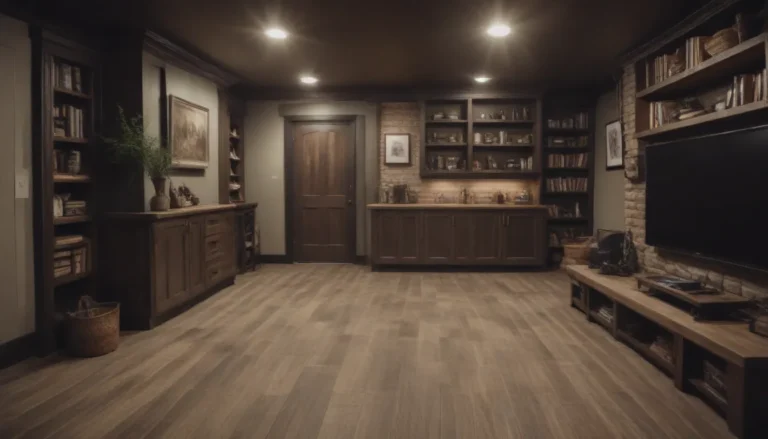Everything You Need to Know About Lighting a Gas Fireplace

Are you considering installing a gas fireplace in your home? Gas fireplaces are not only a beautiful addition to any room, but they also provide warmth and ambiance without the hassle of ash and smoke that comes with a wood-burning fire. However, before you can cozy up to your gas fireplace, it’s essential to know how to properly light it to ensure safety and efficiency.
The Importance of Proper Maintenance
It’s crucial to ensure that your gas fireplace is properly maintained to prevent any potential hazards. Like any appliance that runs on natural gas, a gas fireplace should be used correctly to prevent a natural gas leak. Additionally, a poorly maintained or ventilated gas fireplace can produce carbon monoxide, a colorless and odorless gas that can be lethal. That’s why it’s essential to have carbon monoxide detectors installed in your home, even if you don’t use the fireplace often.
Different Ways to Light a Gas Fireplace
There are several ways to light a gas fireplace, depending on the type of unit you have. Always refer to your unit’s user manual for detailed instructions, as steps can vary. Here are three common methods to light a gas fireplace:
1. Using a Control Panel
Most modern gas fireplaces come equipped with a control panel that manages the pilot light, a small flame that serves as an ignition flame for the gas burner. The control panel typically has an ignition button and a control knob that allows you to light your fireplace.
2. Using a Key Valve
Some gas fireplace units require a special wall key, also known as a hex key, to adjust the flow of gas. This method may be required for certain older models of gas fireplaces.
3. Using a Wall Switch
Many gas fireplaces come with a wall switch control panel that allows you to turn the fireplace on and off with ease. Simply push the “On” button to ignite the pilot light and start enjoying the warmth of your gas fireplace.
Tip:
If your gas fireplace has a wall switch, remember that it will not light in the event of a power outage. The wall switch sends an electrical signal to the fireplace to open a valve and release gas for the pilot light to ignite. Without power, the valve will not open, and the fireplace won’t light.
Tips for Turning Off a Gas Fireplace
Knowing how to turn off your gas fireplace is just as important as knowing how to light it. Even when the fireplace is not in use, the pilot light requires a small amount of gas to stay lit. To prevent unnecessary gas leaks and reduce your monthly gas bill, it’s recommended to turn off the gas pilot light during the summer months or when the fireplace is not in use.
If you encounter any issues with lighting your gas fireplace, such as a dirty or broken ignitor, try cleaning the ignitor from dirt or debris to troubleshoot the problem.
In conclusion, learning how to light and properly maintain your gas fireplace is essential for safety and efficiency. By following the manufacturer’s instructions and taking necessary precautions, you can enjoy the warmth and ambiance of your gas fireplace with peace of mind. Stay cozy and safe!





